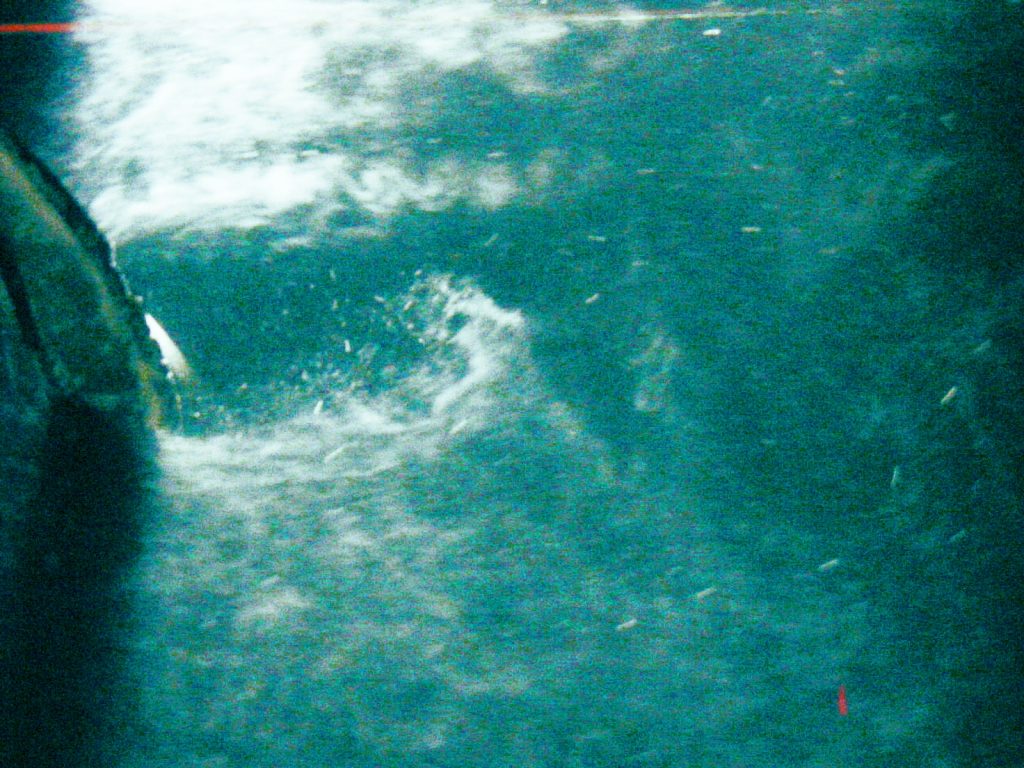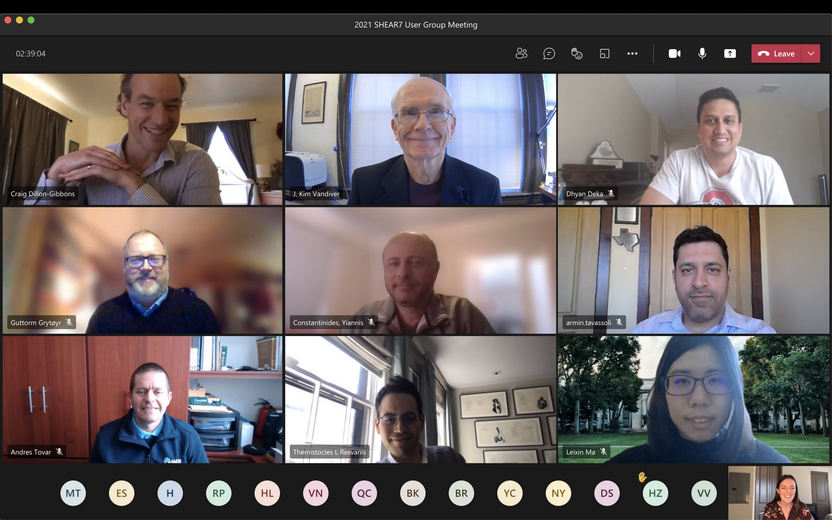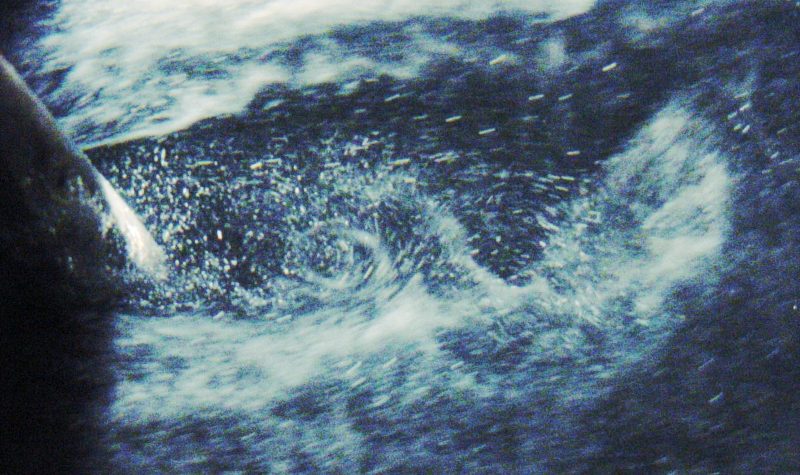AMOG is proud to announce that MIT passed the management and control of the SHEAR7 JIP to AMOG earlier this year. The SHEAR7 JIP is arguably the offshore industry’s longest running JIP (Joint Industry Project) and arguably MIT’s longest running industry sponsored research program, having run for ~30 years under the stewardship of Professor Kim Vandiver.
AMOG has been involved supporting clients in VIV prediction, mitigation, and forensic analysis for several decades. Around 10 years ago AMOG took over the SHEAR7 software exclusive distribution (under licence from MIT), code development and user support.
The SHEAR7 JIP itself tackles the complex field of vortex-induced vibration response of offshore industry structures. The JIP will continue in its aims to provide research, which can be incorporated into the latest version of the SHEAR7 software and assist operators and contractors to provide safe and efficient designs protecting against the adverse fatigue and drag effects of VIV, particularly in deeper and deeper waters.
The SHEAR7 JIP provides research and gives operators direct access to the research findings. The SHEAR7 User Group is the community of software users that benefit from the updates to the program and community discussions on topics. For many of the existing JIP Members and User Group Members, they will not see much material change in the delivery of the research and software. AMOG is committed to the enduring success of the JIP and User Group and we look forward to the continual hosting of the annual user group meeting and provision of training services while also welcoming any new members.
There are several keystone and long running sponsors that have played a major role in supporting the enduring JIP and we thank them for their previous and continuing support. With the pass of the baton to AMOG, Professor Vandiver will still play an integral role in advising on the content of the research and direction, and we look forward to Prof Vandiver and his team’s ongoing support and guidance.
SHEAR7 started in the early 1990s when SHELL and Professor Vandiver from MIT formed a JIP. Initial protagonists were Don Allen, Dean Henning and Li Lee. Many have been involved since including Steve Leverette, Christopher Wajnikonis, Professor Vandiver’s research students, a limited, not exhaustive list include Yongming Cheng, Jung-Chi Liao, Vikas Jhingran, Vivek Jaiswal, Susan Swithenbank, Zhibiao Rao, Leixin Ma and long time contributor Themis Resvanis.


